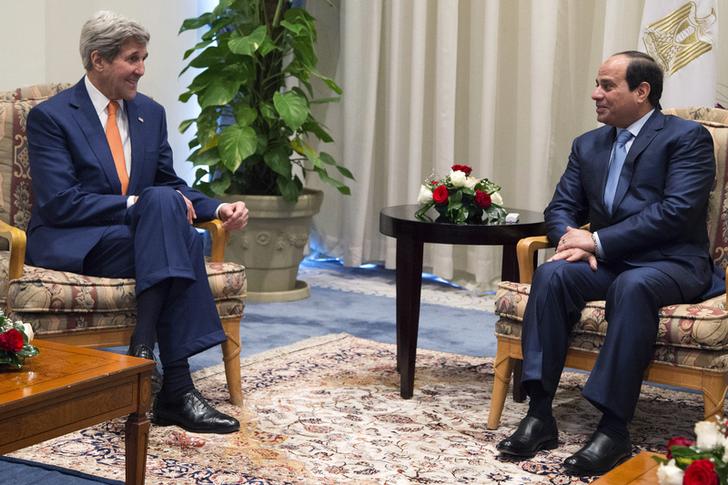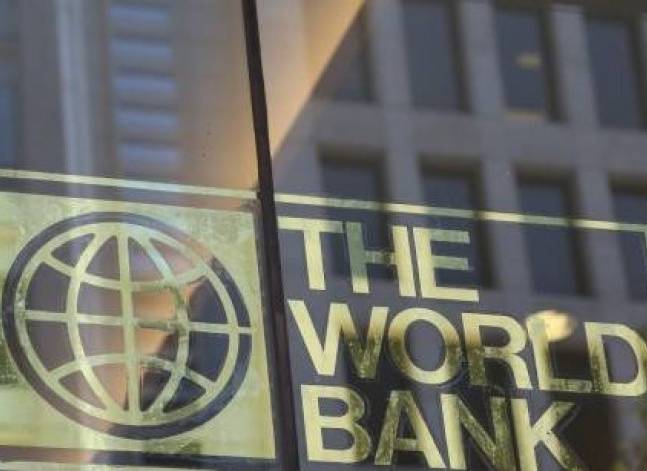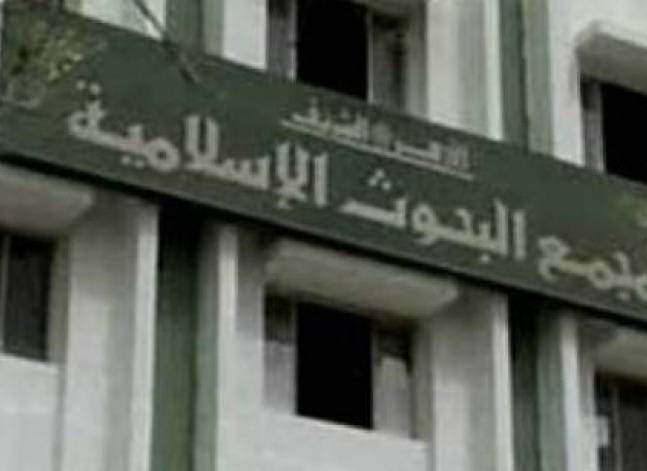Q and A: U.S. military aid to Egypt

The White House announced on Tuesday that it was restoring military aid to Egypt which had been frozen since the ouster of Islamist president Mohamed Mursi in 2013 pending the completion of a democratic transition in Egypt. Below, Ahram Online answers some of the key questions about the decision and its ramifications.
1. What is the decision taken by President Obama in regard to military aid for Egypt?
The United States will be sending 12 F-16 fighter jets, 20 missiles and up to 125 tank kits, while continuing to request from Congress $1.3 billion in annual military assistance for Egypt each year.
The US also said it would terminate the system known as cash flow financing by which Egypt currently receives its military assistance, starting 2018.
2. Is the aid being released because Egypt has met the US criteria for a dremocratic transition?
Not necessarily. A new provision in the FY2015 act allows the secretary of state to request the appropriation of aid to Egypt to serve US national security interests, even if Egypt does not adhere to the conditions of completing a transition to democracy.
3. What will happen with the military aid that is due in 2015?
The reception of the 2015 aid is pending a request by the US secretary of state for its appropriation. So far, U.S. President Barack Obama has only released the aid held for the past 21 months, Alaa Ezz Eddin, former head of the Egyptian Armed Forces' centre for strategic studies, explained to Ahram Online.
4. Does Egypt receive the military aid as cash transfers?
No. Egypt is entitled to a $1.3 billion worth of weapons and military equipment annually through a ministry of defence programme called Foreign Military Financing (FMF).
5. What is the FMF program?
FMF is a grant programme that enables governments to receive equipment and associated training from the US government or to access equipment directly through US commercial channels, according to a Congressional Research Service Report.
Upon Congress approval to appropriate the military aid, the money is deposited in an interest bearing bank account administered by the US Department of State. The US government then buys the desired items on behalf of Egypt.
6. What changes will be applied in 2018?
A mechanism called cash flow financing that allowed Egypt to sign contract for defence equipment on credit with payments scheduled over long periods of time will no longer be an option, as the existing contracts with US weapon manufacturers end this year.
This indicates that Egypt's ability to buy aircraft and tanks will be limited, Mohamed ElMenshawy, an Egyptian researcher at the Middle East Institute in Washington, told Ahram Online.
Instead, the US will supply weapons designed to tackle terrorism. "Washington believes Egypt has more immediate threats such as terrorism and the militants in Sinai and therefore Egypt's military needs no more of them [heavy weaponry]. Instead, they need small and lighter equipment," ElMenshawy said.
However, as Egyptian military doctrine is oriented toward conventional warfare in open spaces, Egypt should now find financial resources to fund its future purchases of big items, as happened when the country signed a deal with France to purchase a number of French Rafale fighter jets, ElMenshawy added.
7. Does Egypt still receive economic aid?
Yes, but it has been gradually diminishing from as much as $815 million in 1998 to $250 million in 2014 following the Glide Path Agreement through which the US began reducing economic aid to both Israel and Egypt in exchange for increasing military aid to Israel, shows a 2012 congressional research service report. According to a CRS report that was issued on 3 March 2015 entitled 'Egypt: Background and US Relations', Obama has requested $150 million in economic aid for Egypt for the FY2016, which would be the lowest since the 1979 peace treaty Israel.
8. How much aid has Egypt received from the US?
Egypt has received a total of $76 billion* in the period from 1948 to 2015, according to the CRS report. Since 1987, Egypt has been acquiring an annual $1.3 billion worth of military aid. However, as the amount of military aid has been constant, it has lost its value to less than half, added the CRS report.
*The amount of economic aid is not adjusted for inflation.









facebook comments